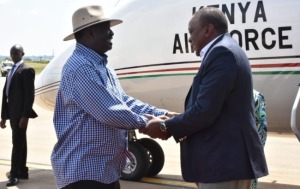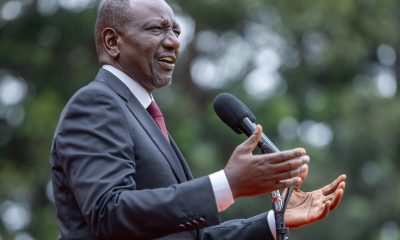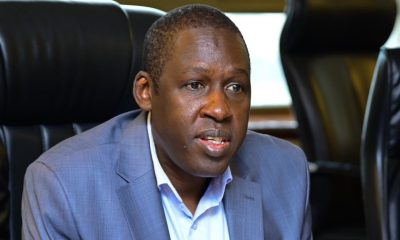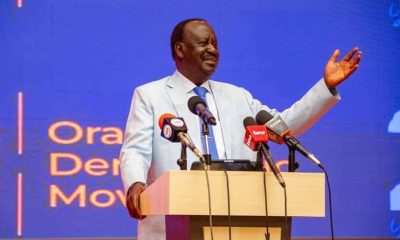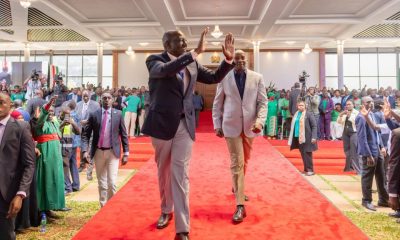Politics
How Uhuru and Raila Saved Ruto’s Administration From Falling After Gen Z Protests
For Raila, it represents perhaps his most significant act of statesmanship choosing country over party politics at considerable personal political cost.
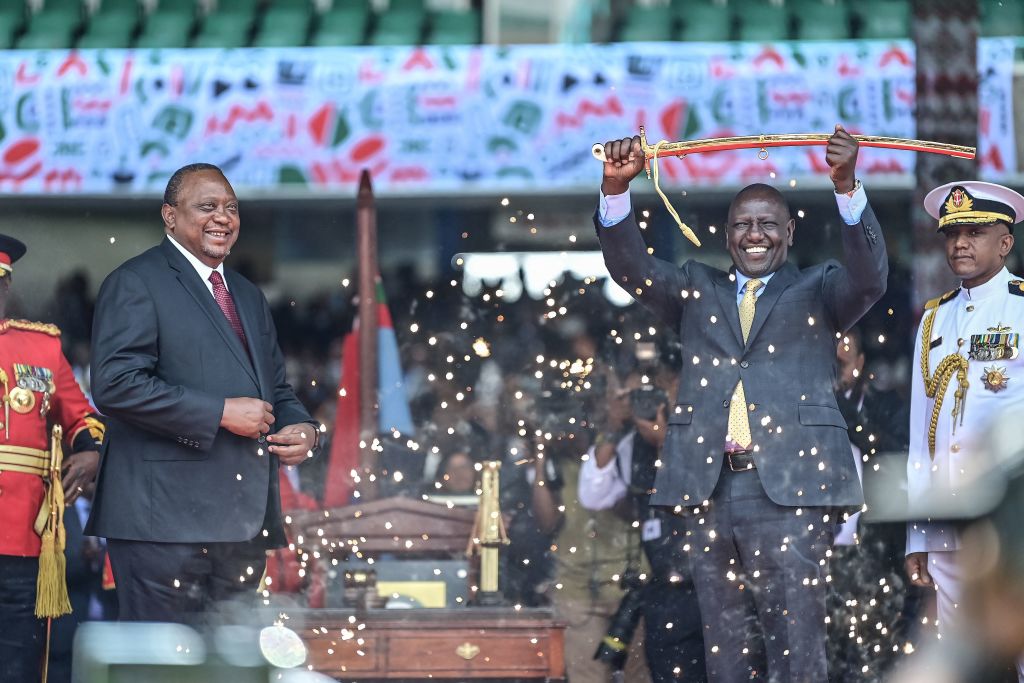
In the annals of Kenyan political history, few interventions have been as consequential yet as quietly orchestrated as the one that unfolded in the aftermath of the devastating Gen Z protests of June 2024.
As Parliament buildings burned and military deployment loomed ominously over the nation, it was an unlikely phone call from across the Atlantic that would ultimately save President William Ruto’s administration from collapse.
The revelation, made public by ODM leader Raila Odinga during a candid interview at his Karen home on Sunday, pulls back the curtain on one of the most critical moments in Kenya’s recent political trajectory—a moment when the country teetered on the precipice of military intervention.
Brink of military takeover
By June 25, 2024, Kenya had reached a dangerous inflection point.
The Gen Z-led protests against the controversial Finance Bill had escalated beyond anyone’s expectations.
Parliament had been stormed, and in response, President Ruto had deployed military forces a move that historically signals the beginning of the end for civilian governments across Africa.
“There was a danger that ultimately, the military would come and take over,” Raila disclosed, his words carrying the weight of someone who understood how quickly democratic institutions can crumble.
“We were almost at the brink of that happening, and there were speculations on what was going to happen next. We had seen what had happened in other countries in a similar situation.”
The parallels were unmistakable.
Across the continent, similar scenarios had played out with predictable outcomes: civilian governments falling, military juntas taking control, and democratic progress being set back by decades.
Kenya, despite its relatively stable democratic trajectory since 2010, was not immune to such possibilities.
Transatlantic intervention
It was at this critical juncture that former President Uhuru Kenyatta, monitoring events from the United States, made what may go down as one of the most important phone calls in Kenya’s political history.
Despite the well-documented animosity between himself and his former deputy, and the equally strained relationship between Raila and Ruto, Kenyatta recognized that the moment demanded statesmanship above personal grievances.
“In that charged environment, one of my colleagues, former President Uhuru Kenyatta, called me,” Raila recounted.
“He was in the US and suggested that although he knows I don’t want to talk to Ruto, in the interest of the country, I need to find a way of talking to him.”
The significance of this intervention cannot be overstated.
Kenyatta, who had spent his final years in office in an increasingly bitter political divorce from Ruto, was essentially asking his political ally Raila to save the administration of the man who had publicly humiliated him and dismantled his political legacy.
Unlikely Rescue Mission
What followed was a political choreography that few could have predicted.
Rather than Raila having to seek out the embattled president, it was Ruto who reached out first—a telling indication of just how precarious his position had become.
“I did not even have to look for Ruto; he asked to come and see me and we agreed that we should talk,” Raila revealed, highlighting the role reversal that the crisis had precipitated.
The discussions that followed were brutally honest.
Raila confronted Ruto with the fundamental cause of the crisis: his administration’s failure to implement the recommendations of the National Dialogue Committee (NADCO) that had been established to address previous political tensions.
“When we had discussions, I told him that these issues had come because he did not implement the NADCO report, and under these circumstances, we must have a broader conversation to bring people together,” Raila explained.
Initially reluctant, Ruto eventually acquiesced to the broader engagement that would ultimately evolve into the broad-based government we see today.
Price of salvation
The rescue of Ruto’s administration came at a significant political cost—primarily to Raila himself.
The ODM leader faced fierce resistance from within his own Azimio coalition, many of whom viewed any collaboration with the Kenya Kwanza government as a betrayal of their opposition mandate.
“We tried to consult among ourselves as Azimio if we could find a way of participating in a broad-based government. I myself was against it, and my other colleagues also,” Raila admitted with characteristic candor.
However, pragmatism ultimately prevailed over political purity.
The ODM party leadership concluded that sending technocrats to help stabilize the government was preferable to allowing the country to descend into chaos or military rule.
The result was the appointment of ODM-affiliated Cabinet Secretaries Hassan Joho, Wycliffe Oparanya, Opiyo Wandayi, John Mbadi, and Beatrice Askul—individuals Raila described as “experts” who could “help steady the ship and come up with new ideas to deal with issues in contention.”
Perhaps most significantly, Raila has been careful to characterize this political collaboration as temporary and issue-based rather than a permanent realignment.
The March 2025 Memorandum of Understanding between ODM and UDA focuses on specific deliverables: full implementation of the NADCO report, addressing youth unemployment, and implementing the two-thirds gender rule.
“We have said that we are in the broad-based government until 2027. We did not say that we are going to work with UDA beyond 2027,” Raila emphasized, drawing a clear line between crisis management and long-term political partnership.
The events of June 2024 and their aftermath represent a pivotal moment in Kenya’s democratic evolution.
They demonstrate both the fragility and resilience of the country’s political institutions.
While the Gen Z protests exposed deep-seated grievances and the potential for democratic breakdown, the response by the political leadership orchestrated by Uhuru from afar showed that maturity and statesmanship can still triumph over personal ambition.
For Ruto, the intervention represents both salvation and humiliation.
His administration was saved, but only through the magnanimity of the two men he had spent years politically marginalizing.
For Raila, it represents perhaps his most significant act of statesmanship choosing country over party politics at considerable personal political cost.
For Uhuru, operating from the sidelines in the United States, it was a masterclass in behind-the-scenes political influence, demonstrating that his political relevance extends far beyond his physical presence in the country.
## Looking Ahead
As Kenya approaches the 2027 general elections, the broad-based government experiment continues to evolve. While it has undoubtedly provided the stability that Ruto’s administration desperately needed after the Gen Z protests, questions remain about its long-term sustainability and electoral implications.
The arrangement has given Ruto breathing room to address the fundamental governance issues that sparked the protests in the first place. However, it has also complicated the political landscape for 2027, creating new dynamics and alliances that will shape the next electoral cycle.
What remains clear is that the events of June 2024 represented a crossroads for Kenyan democracy—and the choice made by the key political actors, orchestrated by an unexpected phone call from across the Atlantic, may have prevented the country from sliding into the kind of political chaos that has plagued other parts of the continent.
In saving Ruto’s administration, Uhuru and Raila may well have saved Kenya’s democratic trajectory itself.
Kenya Insights allows guest blogging, if you want to be published on Kenya’s most authoritative and accurate blog, have an expose, news TIPS, story angles, human interest stories, drop us an email on [email protected] or via Telegram
-
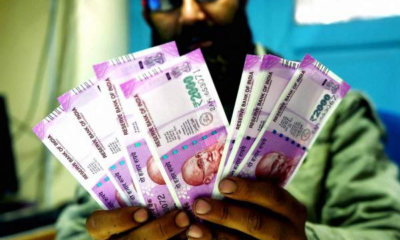
 Investigations1 week ago
Investigations1 week agoBillions Stolen, Millions Laundered: How Minnesota’s COVID Fraud Exposed Cracks in Somali Remittance Networks
-
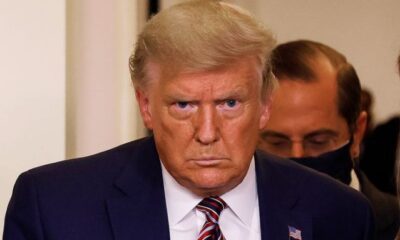
 News1 week ago
News1 week agoUS Moves to Seize Luxury Kenya Properties in Sh39 Billion Covid Fraud Scandal
-
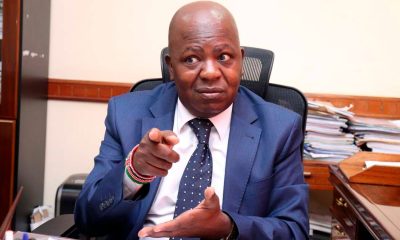
 News1 week ago
News1 week agoMAINGA CLINGS TO POWER: Kenya Railways Boss Defies Tenure Expiry Amid Corruption Storm and Court Battles
-
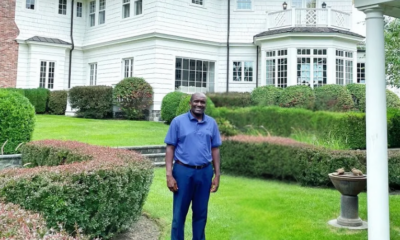
 Investigations1 week ago
Investigations1 week agoJulius Mwale Throws Contractor Under the Bus in Court Amid Mounting Pressure From Indebted Partners
-

 Americas1 week ago
Americas1 week agoUS Govt Audits Cases Of Somali US Citizens For Potential Denaturalization
-
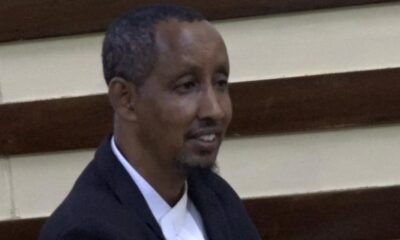
 Business2 days ago
Business2 days agoEastleigh Businessman Accused of Sh296 Million Theft, Money Laundering Scandal
-
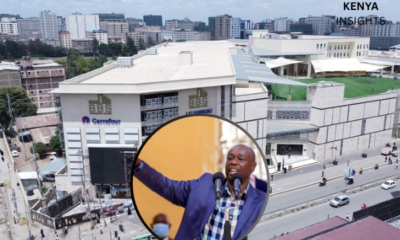
 Business2 days ago
Business2 days agoEXPLOSIVE: BBS Mall Owner Wants Gachagua Reprimanded After Linking Him To Money Laundering, Minnesota Fraud
-
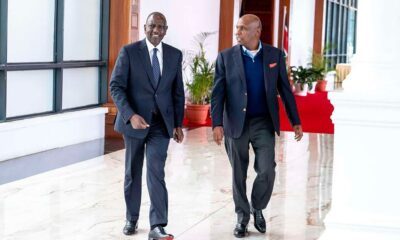
 Politics2 days ago
Politics2 days agoHow Ruto-Moi Deal Died After Temporary State House Ceasefire

